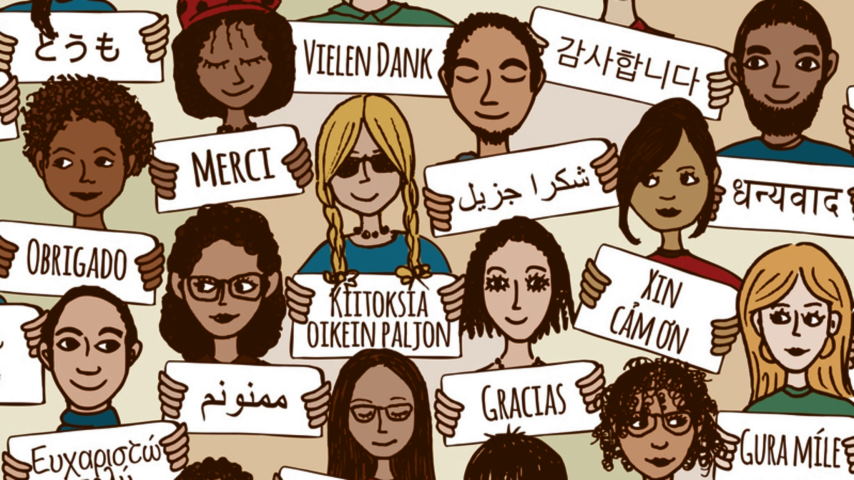As graphic designers, we often look to the past for inspiration. We study classic designs and learn from the masters in order to create new work that is both fresh and timeless. However, while it’s important to be aware of traditional design techniques, we must also be mindful of the ever-changing culture around us. In this post, we’ll explore how cultural influences have shaped modern graphic design techniques. We’ll also take a look at some examples of how designers are using these techniques in their work today.

How does culture impact graphic design?
Culture is one of the most important factorsthat influence modern graphic design. Different cultures have different aesthetics, and this is reflected in their respective graphic design styles. For instance, Japanese graphic designers tend to be more minimalist, while Western designers are more likely to use bright colors and patterns. This cultural difference is often evident in the way different designers approach typography. Japanese designers often favor clean, simple fonts, while Western designers are more likely to experiment with more decorative fonts.
No matter what your culture, there are certain design principles that are universal. These include balance, contrast, hierarchy, and repetition. By understanding and applying these principles, you can create designs that will resonate with people from all cultures.
Balance: Achieving balance in a design is about creating a sense of visual stability. This can be done by using similar elements (such as shapes and colors) throughout the design, or by placing elements in strategic positions on the page.

Contrast: Contrast is about creating visual interest by using dissimilar elements. For instance, you might use light and dark colors to create contrast, or small and large shapes.
Hierarchy: Creating a hierarchy in your design helps to establish a clear visual structure. This can be done by using sizing, positioning, and other techniques to emphasize certain elements over others.
Repetition: Repeating elements throughout a design can help create a sense of unity and cohesiveness. This could involve repeating colors, shapes, or patterns.
When it comes to creating successful designs, understanding and respecting different cultures is essential. By taking into account the different aesthetics and design styles that exist around the world, you can create graphics that will have global appeal.



